Hi first time doing a liquid cooling setup. I"m using all EK parts. I have an nzxt h440, 7700k (5.2ghertz), and rtx 2080 ti. I am water cooling for performance and noise levels. I going for a soft tube setup. Here is the parts list I have so far.
https://www.ekwb.com/shop/ek-xres-140-revo-d5-rgb-pwm-incl-sl-pump
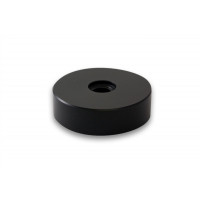
 www.ekwb.com
https://www.ekwb.com/shop/ek-vector-rtx-2080-ti-rgb-nickel-plexi
www.ekwb.com
https://www.ekwb.com/shop/ek-vector-rtx-2080-ti-rgb-nickel-plexi
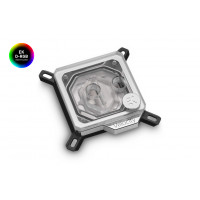
 www.ekwb.com
https://www.ekwb.com/shop/ek-coolstream-xe-240-2016
www.ekwb.com
https://www.ekwb.com/shop/ek-coolstream-xe-240-2016
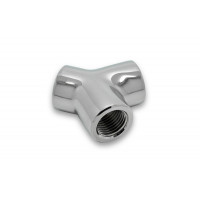
 www.ekwb.com
https://www.ekwb.com/shop/ek-af-ball-valve-10mm-g1-4-nickel
www.ekwb.com
https://www.ekwb.com/shop/ek-af-ball-valve-10mm-g1-4-nickel
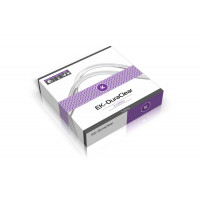 https://www.ekwb.com/shop/ek-hfb-fitting-10mm-black
https://www.ekwb.com/shop/ek-hfb-fitting-10mm-black
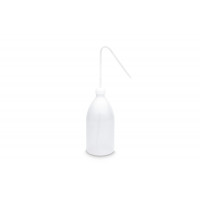
 www.ekwb.com
https://www.ekwb.com/shop/tube-clamp-pvc-13-15mm-black
www.ekwb.com
https://www.ekwb.com/shop/tube-clamp-pvc-13-15mm-black

 www.ekwb.com
https://www.ekwb.com/shop/ek-uni-pump-bracket-120mm-fan-vertical
www.ekwb.com
https://www.ekwb.com/shop/ek-uni-pump-bracket-120mm-fan-vertical
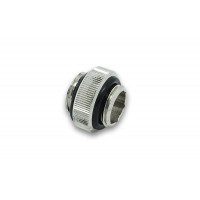
 www.ekwb.com
https://www.ekwb.com/shop/ek-cryofuel-lime-yellow-premix-900-ml
www.ekwb.com
https://www.ekwb.com/shop/ek-cryofuel-lime-yellow-premix-900-ml
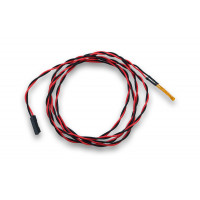
 www.ekwb.com
https://www.ekwb.com/shop/ek-csq-plug-g1-4-nickel
www.ekwb.com
https://www.ekwb.com/shop/ek-csq-plug-g1-4-nickel
I plan on the 280mm on top, 240mm front top with push pull fans and mounting bracket for pump off the fan. I will run a series from pump>gpu>cpu>rad>rad>.
Does this seem good?
:EDIT also running with noctua high pressure fans on rads and high flow on the other 2 case spots.
https://www.ekwb.com/shop/ek-xres-140-revo-d5-rgb-pwm-incl-sl-pump

EK-RES X3 - TOP
The EK-RES X3 TOP is an replacement top end cap for EK-RES X3 series reservoirs and other RES X3 based parts.

EK-Quantum Velocity D-RGB - Nickel + Plexi
EK-Quantum Velocity is the new high-performance flagship premium quality CPU water block for modern Intel processors. It features a fresh design that will enable a vast number of variations and options for enthusiasts and demanding users as well! EK® Quantum - Design & Performance Velocity...

EK-AF Y-Splitter 3F G1/4 - Nickel
EK-AF Y-Splitter is adapter fitting with 3 × female G1/4


Filling Bottle (1000mL)
A handy 1L filling bottle designed to make your loop filling process much easier. Very convenient for mixing the EK-CryoFuel concentrates with distilled water. The telescopic tube of the filling bottle can reach even the most remote and crammed fill ports. The squeeze bottle can also be used to...

EK-CoolStream Classic SE 240
EK-CoolStream Classic SE 240 slim copper radiators are designed for optimal airflow throughout the radiator surface with medium density fin structure. Built for EK-Vardar 120mm high static pressure fans, these radiators are optimized for maximum heat dissipation across entire fan operational...

EK-AF Extender 6mm M-M G1/4 - Nickel
EK-AF Extender M-M is a simple male-threaded extender interconnect for connecting two water cooling components with female G1/4 threads together.

EK-Cable Temperature Probe 10k NTC (100cm)
EK-Cable Temperature Probe 10k NTC is a precise 10kOhm NTC (negative temperature coefficient) resistive thin-film foiled temperature probe (thermistor).
I plan on the 280mm on top, 240mm front top with push pull fans and mounting bracket for pump off the fan. I will run a series from pump>gpu>cpu>rad>rad>.
Does this seem good?
:EDIT also running with noctua high pressure fans on rads and high flow on the other 2 case spots.
Last edited:


 Save the concentrate for later.
Save the concentrate for later.